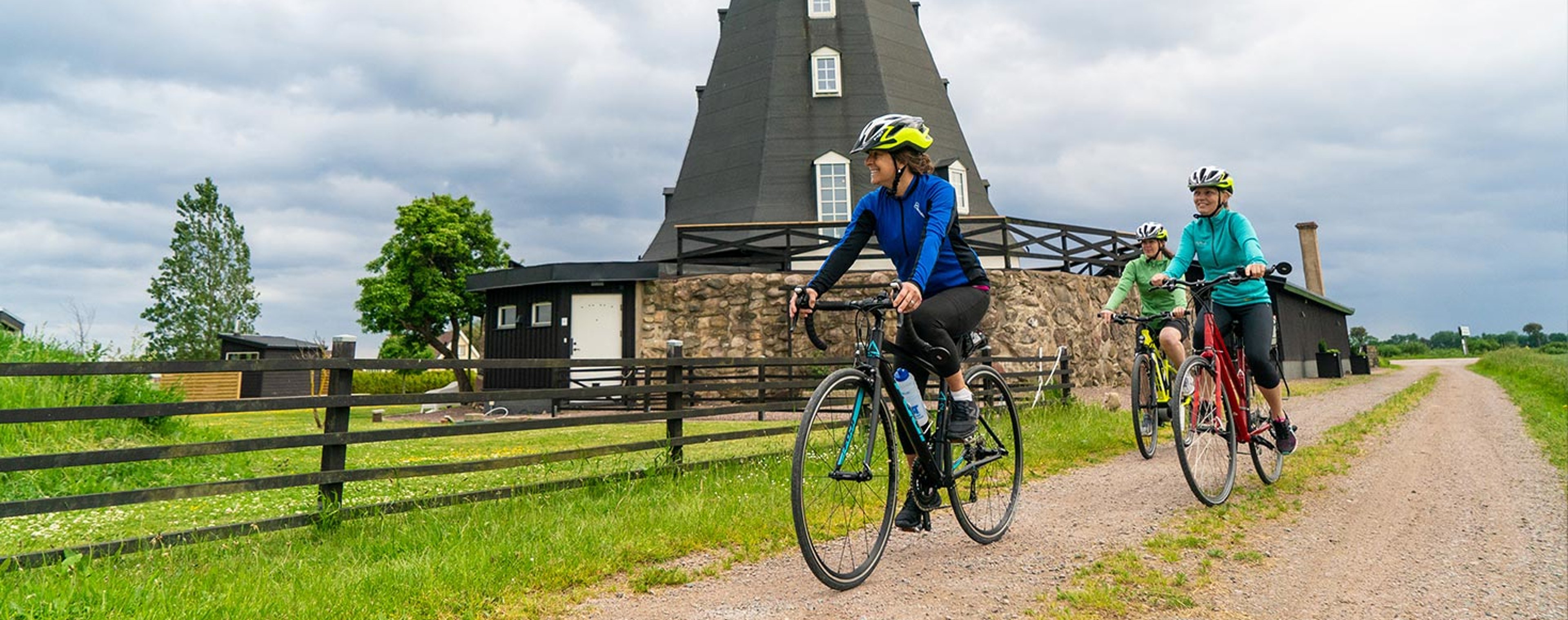VBT Bicycling Vacations
VBT offers biking tours to fit any activity comfort level.

Travel like a local
VBT offers biking tours to fit any activity comfort level. When you travel with VBT, you’re not just another tourist. You get to experience a destination with the help of a local, bilingual leader who is passionate about sharing their home with you. You’ll eat in local restaurants, stay in accommodations that have been family-owned for generations, and learn to make pasta with an Italian grandmother.
Member Benefits
EXCLUSIVE MEMBER BENEFIT
- Get a $50 credit per person to VBT online store
Restrictions apply. Member benefits are subject to change. Member benefits may not be combinable with additional offers. Exclusive AAA Member benefits are available on select sailings or departures and may not be combinable. Amenities can be capacity controlled and subject to change. See your AAA Travel Agent for full details.
Don't miss the ship! 2025 Bike & Boat Tours are Launching soon!
VBT’s Waterways adventures are more than just bucket-list destinations—they are journeys through magical places that lift the spirit and fuel your passion for travel. Their Bike & Boat vacations bring you the romance of European culture at the gentle, gliding pace of a Strauss waltz.
Learn More - VBT's Waterways Collection
Cruise and bike along the Danube River through Germany, Austria, Slovakia, and Hungary. Drift through historic wonderlands in Holland dotted with windmills and dazzling gardens. Pass the Venice skyline and Piazza San Marco on a sleek Italian river barge through the Venice Lagoon.
These tours are more than bucket-list destinations, they are journeys through magical places that lift the spirit to greater heights and fueling our passion for travel. Plus, if you love unpacking once, exploring your surroundings by bike, immersing yourself in Old World culture, and indulging in fine food and wine, then one of these special journeys is the vacation for you.
What's Included?
- Custom VBT bike and helmet
- Ride with GPS and route notes
- Local trip leaders
- Luggage transfers
- Admission fees to local attractions
- Cultural activities like cooking classes and guided city tours
- Specialty transportation like ferry and train rides
- Accommodations and most meals
- Your choice of VBT branded gear for your adventure
VBT's Bike and Boat Itineraries:
- VBT France Bike & River Cruise: Lyon to Nice Guided Bike & Boat
- VBT Holland & Belgium Bike & Boat: Bruges to Amsterdam Guided Bike & Boat
- VBT Danube Bike & River Cruise: Prague to Budapest Guided Bike & Boat
- VBT Rhine Bike & River Cruise: Basel to Amsterdam Guided Bike & Boat
Ask your AAA Travel Advisor how you can Bike & Boat through Europe!
BICYCLE ROADSIDE ASSISTANCE
Everyone knows that AAA offers 24-hour roadside assistance for your vehicle, but now AAA covers your bicycle too!
